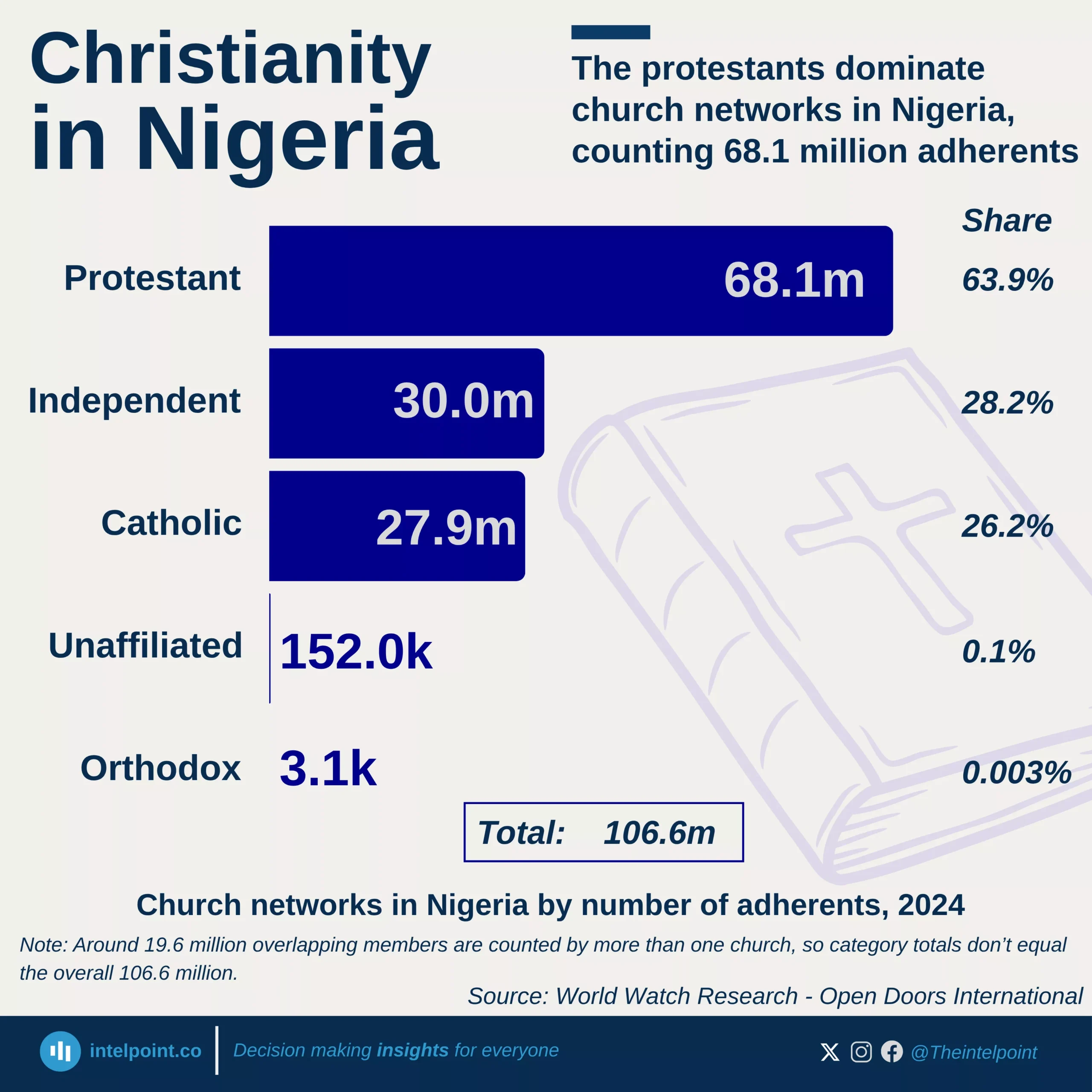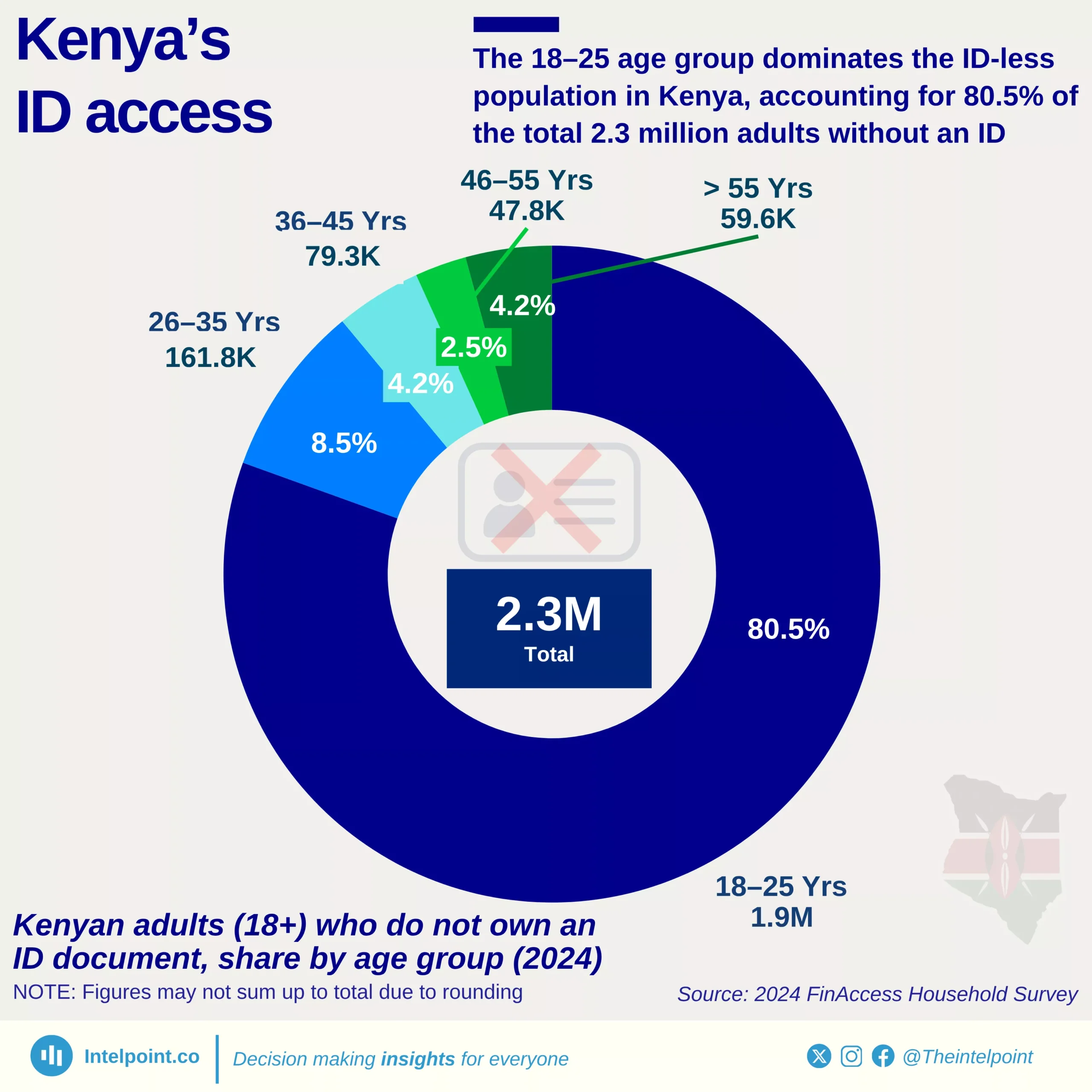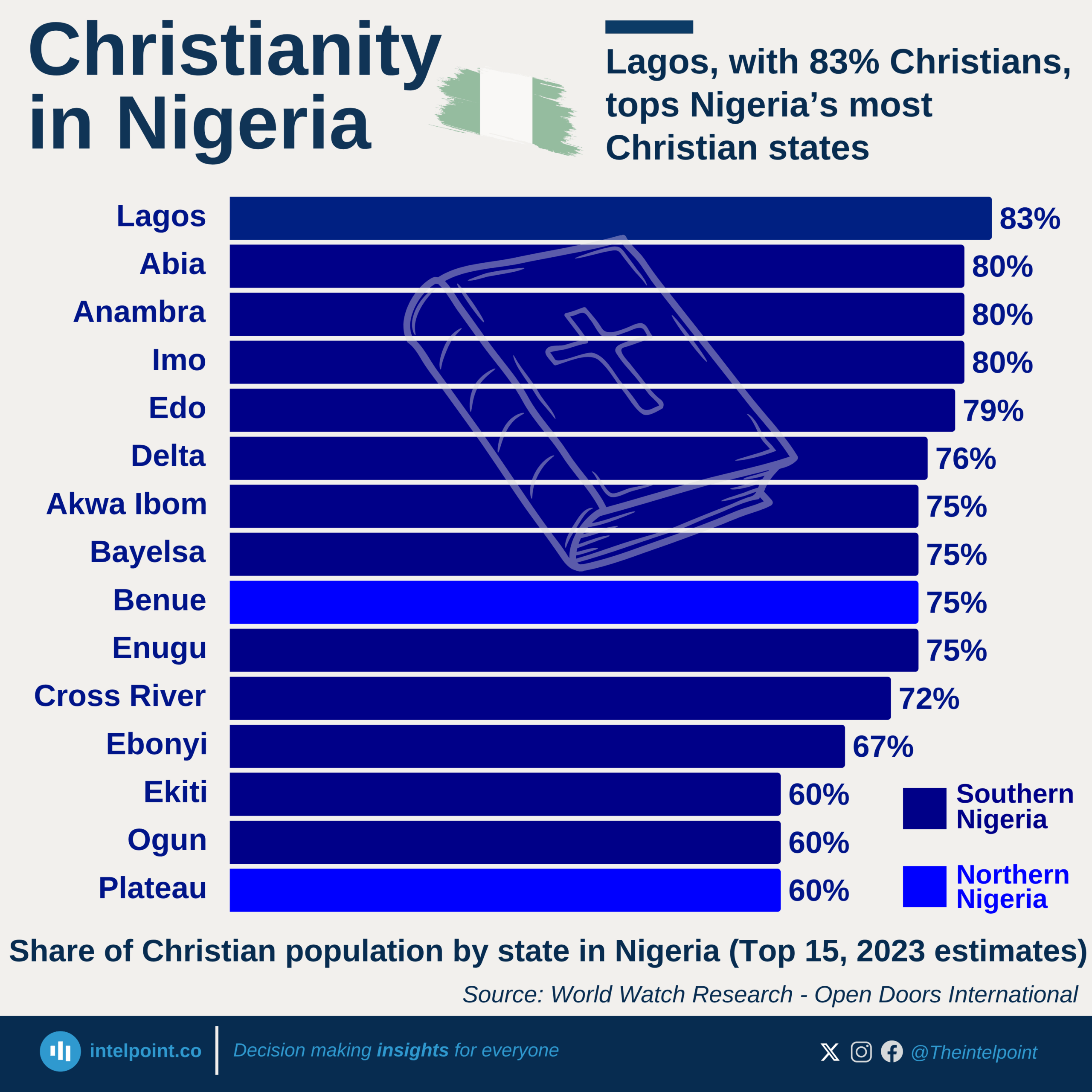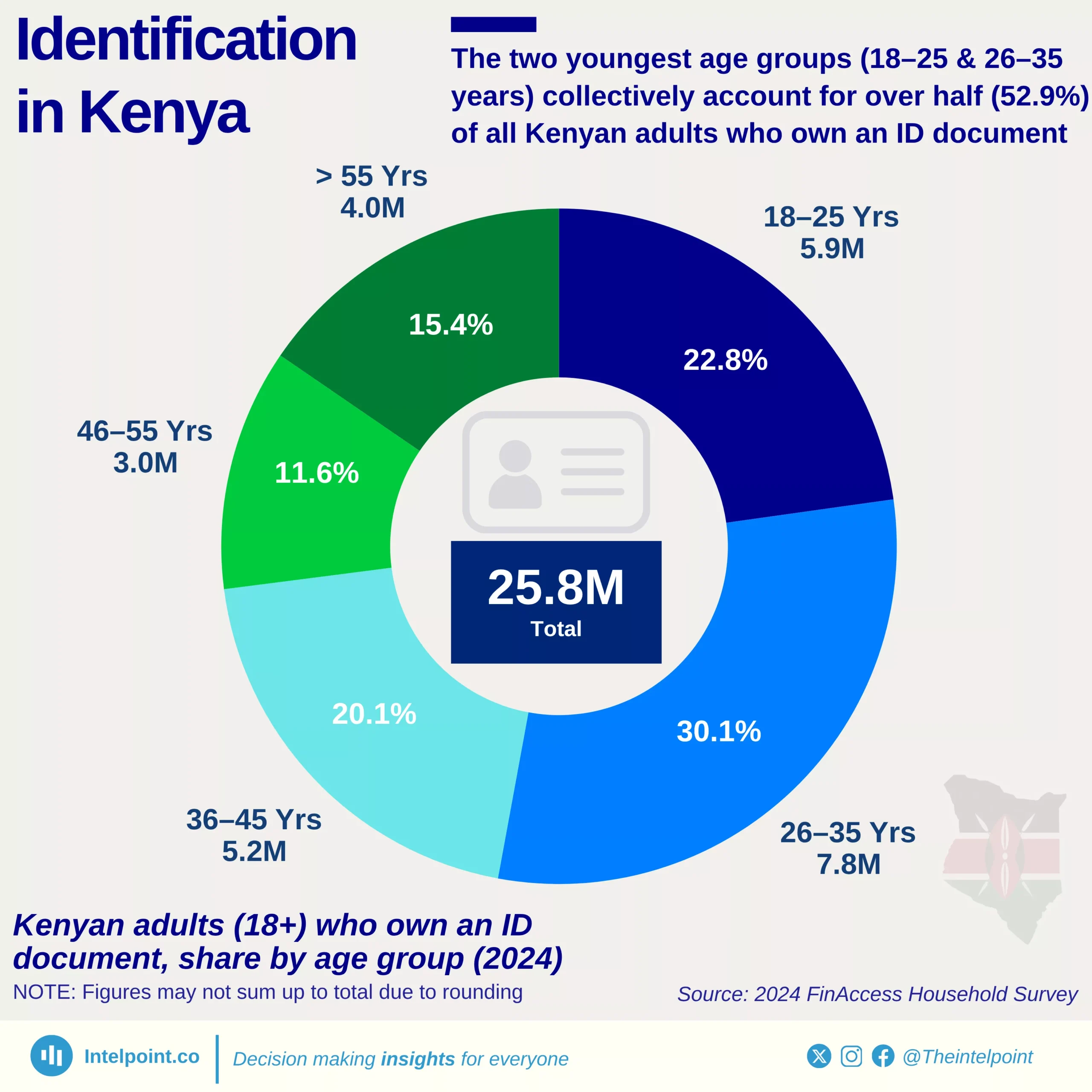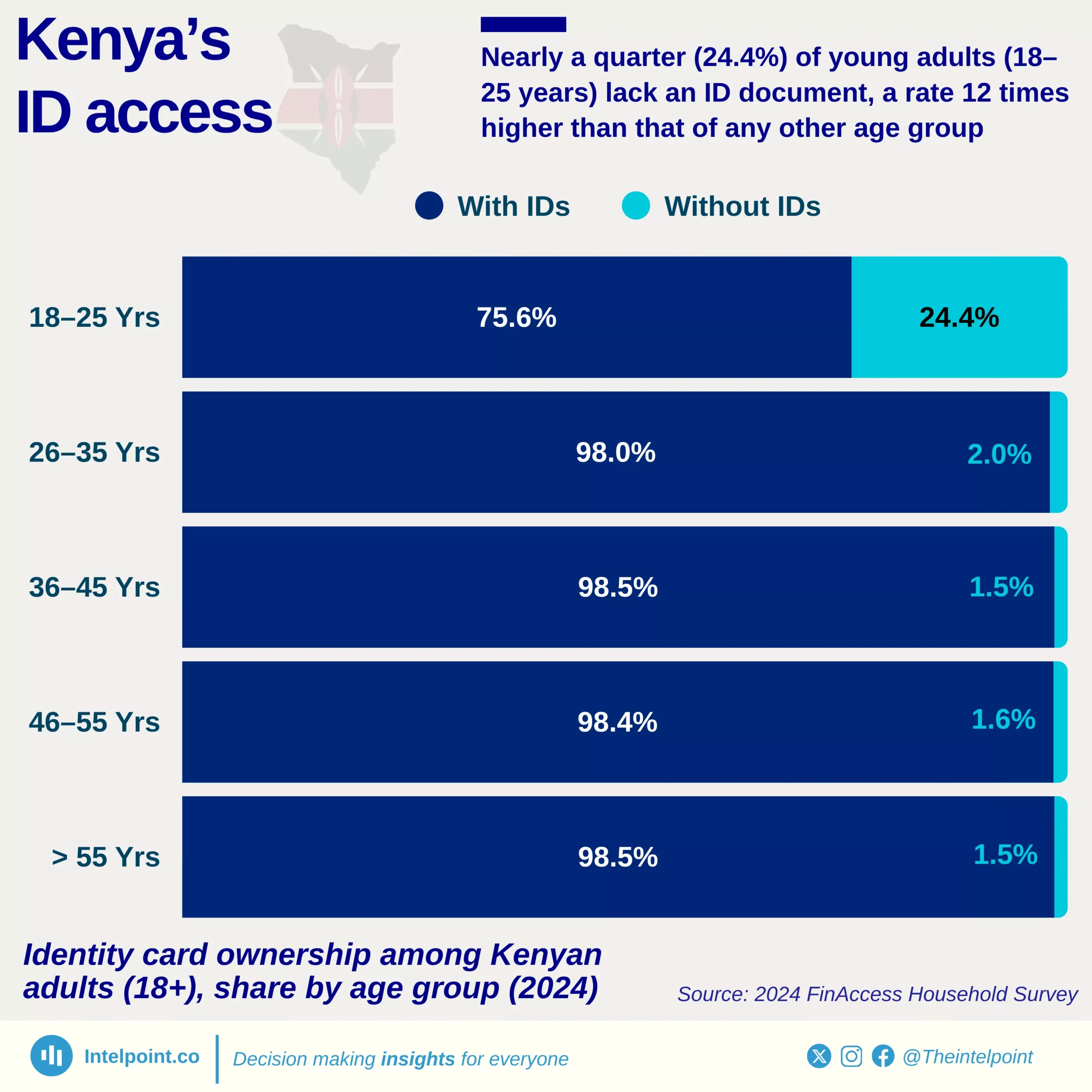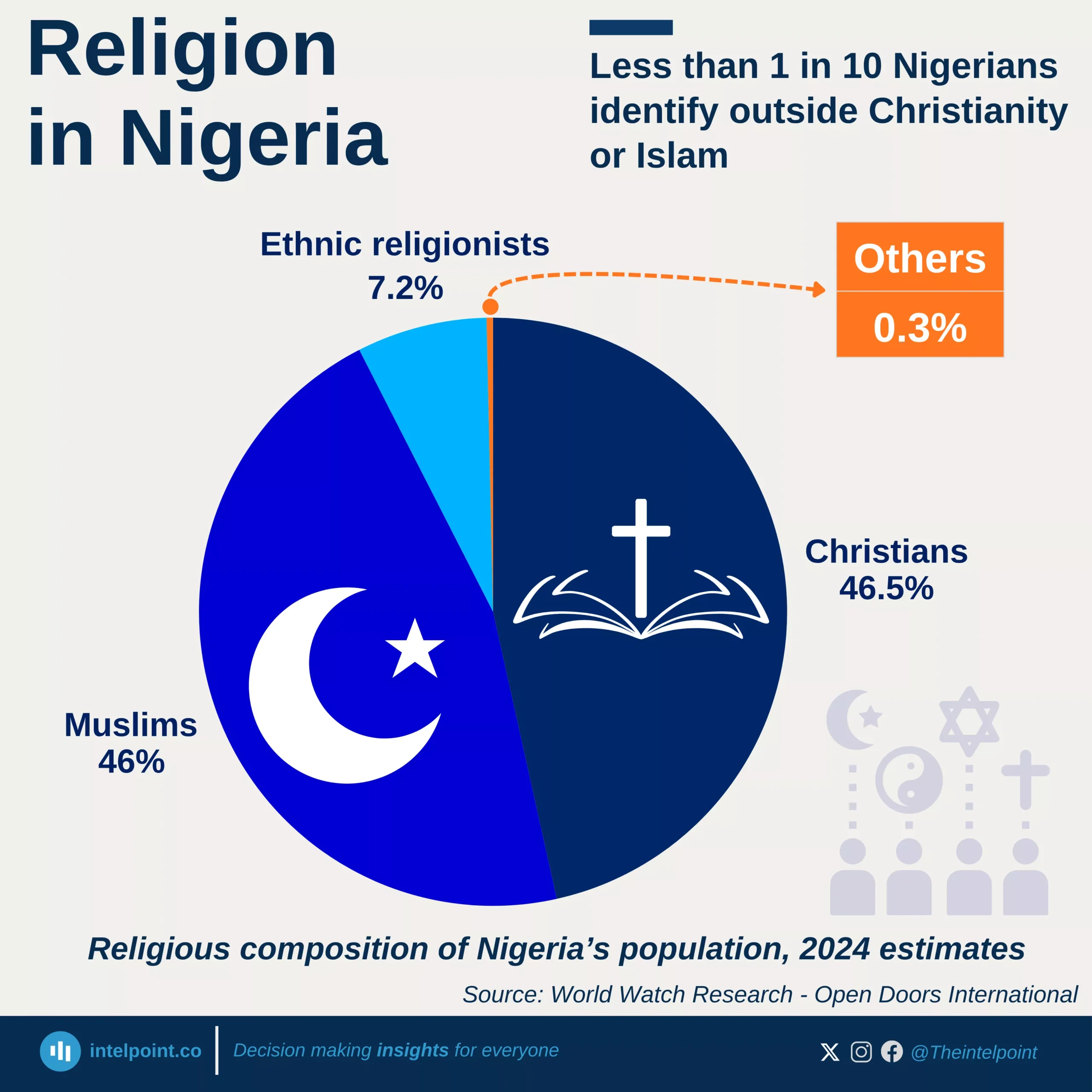Alimosho LGA alone accounts for over 1.1 million households—nearly double that of the next LGA, Oshodi Isolo. This makes Alimosho not just the most populated in terms of households, but a significant player in Lagos’ urban sprawl and housing demands. The figure underscores the area's rapid residential growth and the increasing need for urban planning, infrastructure, and essential services tailored to its scale. This also reflects a potential client base larger than some entire Nigerian states.
